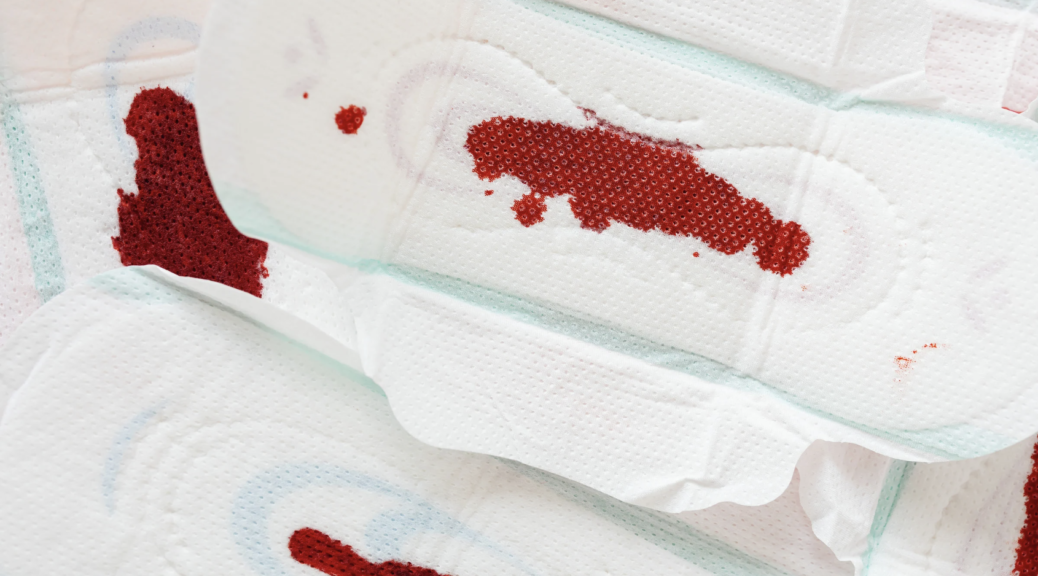
Amenorrhea and breastfeeding
Amenorrhea during lactation is a phenomenon that, although well known, is little researched, like so many other areas of women’s health. Even so, the scarce existing evidence indicates that instead of being a problem for health, it could provide health benefits. It allows for a reduced need for iron and, therefore, protection against anemia, among other considerations.
How amenorrhea occurs
The prolactin peaks produced by repeated sucking of the nipple by the infant are capable of inhibiting the secretion of the follicle stimulating hormone (FSH) and luteinizing hormone (LH), which are the two hormones necessary for ovulation and for maintaining the conditions for uterine implantation of a fertilized egg.
It seems that nighttime breastfeeds have a greater inhibiting power than daytime feeds.
Infertility due to breastfeeding
Usually, we speak of a period of infertility of about 4 weeks after childbirth. When a woman is not breastfeeding, the first menstruation may appear between 6 and 8 weeks postpartum.
At the end of the third postpartum month, 30% of breastfeeding mothers will have a menstrual period even if they are exclusively breastfeeding, compared to 91% of formula-feeding mothers.
The amenorrheic period during lactation has a great individual variability. It is estimated that in subsequent lactations, the amenorrhea time may be similar if the duration of breastfeeding is the same.
Return of the menstrual cycle
Once menstruation reappears, there may be a period of irregularity. Sometimes, heavy bleeding may occur during the first few menstrual periods. This is because the balance between estrogen and progesterone is not yet well established, so estrogen may cause the endometrium to grow more than usual, so menstrual bleeding may be heavier.
Usually, these cycles get more regular, both in the amount of bleeding and in the time between cycles, or at least, they return to be similar to the cycles the women had before pregnancy.
If there is an increase in breastfeeding demand or suction, which is very common, for example, during vacation periods or when the mother returns to paid work, then amenorrheic episodes may reappear due to the increase in suction and, consequently, an increase in prolactin peaks in the blood.
During lactation, ovulation occurs 14-74% of the time before the return of the first menstrual period. The longer the delay in the first menstrual period, the more likely it is that the cycle is ovulatory. If the first bleeding occurs in a situation of exclusive breastfeeding, the first bleeding is usually anovulatory, and if ovulation has occurred, it is inadequate for conception, usually because of a deficiency in the luteal phase.
Menstruation and milk supply
During menstruation, a decrease in the milk ejection reflex or filling of the breasts between breastfeeds may be noticed, although there is no evidence of a reduction in milk supply.
The reestablishment of estrogens may mean that at some point in the cycle, nipple discomfort may be noticed. This is very common during ovulation and during the premenstrual period. However, no effective strategies have been found to reduce this discomfort, which usually diminishes over time.
References
R. Lawrence. Breastfeeding. A guide for the medical profession. Seventh Edition. ISBN: 978-1-4377-0788-5 2011 by Mosby, an imprint of Elsevier Inc.
Adela Vidal, Françoise Soler. Método de la lactancia amenorreica (MELA/LAM) o contracepción natural en el posparto. Tribuna de especialidades. Num 41. Dic 2001-En 2002